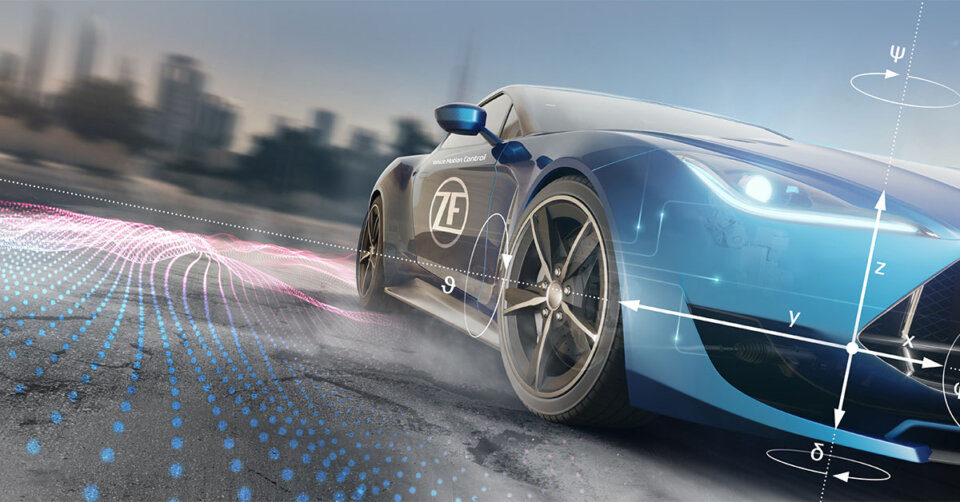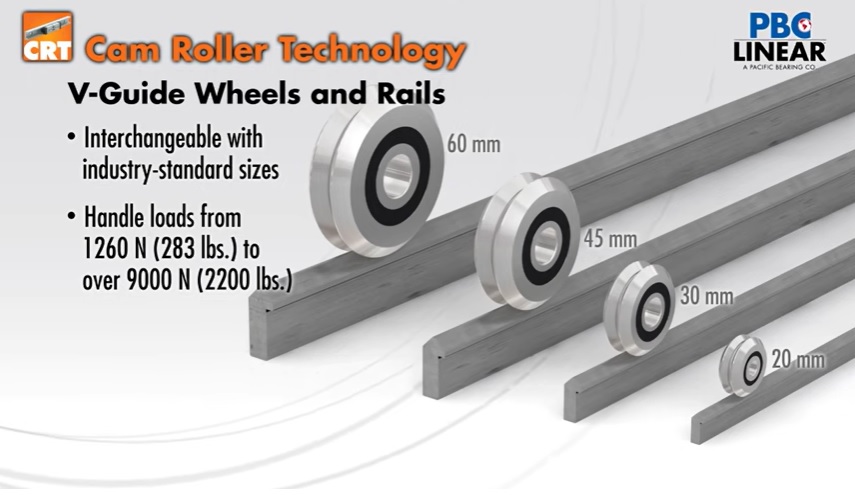CES 2024 boasted 4,300+ exhibitors, including a record 1,400+ startups from around the globe. The event continued to showcase the innovative trends shaping our future.
“The resurgence of CES proves that face-to-face conversations and meetings are a necessity for the technology industry,” said Gary Shapiro, president and CEO, Consumer Technology Association (CTA). “For more than 20 years, I’ve said that every company must become a tech company, and the diversity of exhibitors at CES 2024 proves it. The CES footprint and conference programming span the entire tech ecosystem.”
Digital Dominance
Technology like adaptive cruise control, collision prevention, and lane guidance are driving the innovations behind concept cars, connected vehicles and autonomous mobility. If you think electronic, IoT and AI capabilities are getting most of the coverage in vehicles today, CES proved the industry is merely scratching the surface.
Several cars at the show had digital displays around the license plate area on the front and the back that conveyed messages or information drivers could use. Some even had smiling faces or ‘happy birthday’ messages. A message on the back of a vehicle in the future could alert drivers as to why traffic is stopping or relay current road hazards.
“AI was the buzzword and in automotive and e-mobility applications it was everywhere,” said Jenny Blackford, COO, AGMA. “But while you could kick the tires of the concept cars on display, the AI enhancements still felt like vaporware and still needed to be proven.”
CES is the perfect place to test out such concepts, but what is fascinating is how these AI systems are taking center stage over tried and true mechanical technologies. How much trust can we put in a software update?
“There were a lot of mashups in the automotive sector—Sony and Honda, for example. There is so much screen space in vehicles now that I’m going to hold on to my car for as long as I can,” said Mary Ellen Doran, director, emerging technology, and executive director for the AGMA Foundation. “I still like buttons. It’s all touchscreens moving forward.”
Another market segment with new toys at CES 2024 was robotics and automation. Home healthcare, autonomous food and beverage capabilities even robotic bartending concepts were displayed on the exhibition floor.
The Jackery Solar Mars Bot is an intelligent solar storage and charging robot with autonomous navigation and sun-tracking capabilities. It can provide reliable green power supply in off-grid outdoor settings or connect to the grid in home emergency scenarios, offering temporary energy backup for household appliances.
Esper Hand is an FDA-registered bionic self-learning hand prosthesis that automatically customizes its functionality to each user's habits and lifestyle and uses machine learning algorithms to learn user behavior, predict the intended movements, and change grips intuitively.
“One big focus at this show was humanoid robots,” said Doran. “Applications for robotic and automation technologies are still evolving. You’re seeing a lot of prototypes and concepts at CES, but I feel like there’s still plenty of growth that needs to happen to get these robots to the point where you can mass produce them.”
Exhibition Highlights
“We visited several key exhibitors in mechanical power transmission including a visit with Schaeffler where we learned more details on the company’s strain wave gearboxes,” Blackford said.
By transferring their engineering and manufacturing technologies from the automotive to the industrial sector, Schaeffler now offers precision strain wave gearboxes including versions featuring integrated microelectronics, embedded AI, and proprietary Sensotect sensory coating for industrial automation and lightweight robotics applications. Rotary and rod style actuators can transform hydraulic and mechanical systems into smart electromechanical solutions.
 Schaeffler highlighted products and solutions for the industry of the future.
Schaeffler highlighted products and solutions for the industry of the future. Schaeffler provides more precise calculation methods and is constantly increasing computing power, and improving their technological know-how in material technology, stability, and tribology. Schaeffler has increased the functionality and operational safety of bearings, while minimizing power losses at the same time. Gearboxes with quality rolling bearings are efficient and reliable in today's industrial applications.
 John Deere's autonomous tractor.
John Deere's autonomous tractor.John Deere showcased a 40,000-pound autonomous tractor featuring new camera and GPS technology that will address labor shortages and global food demand in the agriculture market.
This high-tech vehicle is designed to revolutionize precision farming. Attendees could control the tractor miles away using their iPhones for start/stop, speed control and turning capabilities. The company has its sights on autonomous crop harvests by 2030.
The John Deere Operations Center is an opt-in cloud platform that empowers farmers to create optimized workplans, monitor real-time job quality, and analyze and receive insights from data, anytime and anywhere. The new Sustainability Tools provide farmers with visibility into key aspects of their operations, including carbon emissions, soil health, and fuel emissions, so they can make more informed decisions that not only benefit their farms, but the entire world population. The cloud platform was a CES 2024 Innovation Awards Honoree in the sustainability, eco-design, and smart energy category.
 Goodyear and ZF offered an integrated vehicle performance solution.
Goodyear and ZF offered an integrated vehicle performance solution.Through research, virtual simulation, and real-world testing, Goodyear and ZF have identified the potential of an integrated solution in improving vehicle performance and safety. Reducing the risk of hydroplaning, the Goodyear SightLine solution can detect partial hydroplaning early and offers recommendations for optimal speed to enhance vehicle control. Moreover, when heightened hydroplaning severity is detected, equipped with tire intelligence data, the cubiX software is designed to instruct the chassis actuators to apply corrective measures, stabilizing the vehicle.
“Goodyear SightLine will deepen our connection to the road and expand the scope and value of cubiX by supporting the era of software-defined vehicles,” said Martin Fischer, member of the board of management responsible for the ZF Chassis Solution division. “By joining our ecosystems, our customers will unlock a range of possibilities to customize and optimize their solutions in both vehicle motion and tire intelligence.”
ZF’s cubiX controls all components involved in the vehicle's longitudinal, lateral, and vertical dynamics via a common control logic. SightLine communicates tire information and road conditions in real time with the goal of driving enhanced levels of safety and performance. It combines ZF’s vehicle motion control and Goodyear’s tire intelligence to further improve driving dynamics, comfort, and safety. The software was a CES 2024 Innovation Awards Honoree in the vehicle technology and advanced mobility category.
 Supernal's S-A2 was unveiled at CES 2024.
Supernal's S-A2 was unveiled at CES 2024.Supernal LLC — Hyundai Motor Group’s Advanced Air Mobility (AAM) company unveiled the S-A2, its electric vertical takeoff and landing (eVTOL) vehicle product concept at CES 2024. The pilot-plus-four-passenger vehicle marks the latest milestone in Supernal’s roadmap to commercialize safe, efficient, and affordable everyday passenger air travel.
S-A2 builds on the Company’s vision concept, S-A1, which it debuted at CES 2020, bringing together the innovative aerospace engineering and Hyundai Motor Group automotive aesthetic design to create a new mode of transportation to get people in urban areas from point A to point B faster. Supernal will achieve commercial aviation safety levels and enable affordable manufacturing of its vehicles as it prepares to enter the market in 2028.
S-A2 is a V-tail aircraft designed to cruise 120 miles-per-hour at a 1,500-foot altitude to meet typical city operation needs of 25- to 40-mile trips, initially. It features a distributed electric propulsion architecture and has eight all-tilting rotors. At entry into service, Supernal’s vehicle will operate as quietly as a dishwasher: 65 dB in vertical take-off and landing phases and 45 dB while cruising horizontally.
Flying cars, computer-operated vehicle systems and robotic healthcare providers are just the kind of futuristic technologies we can all get behind. The heart of CES, however, is still turning that initial idea or concept into a reality.
“Eureka Park at the Venetian focused on startups and that’s the stuff that is truly fascinating because many of those companies are just an idea. Outside of a handful of state-sponsored booths and small startups, you had several exhibitors literally showing up with just a poster board and a prototype. Those companies can be much more interesting than the larger exhibitors at the show,” Blackford added.







